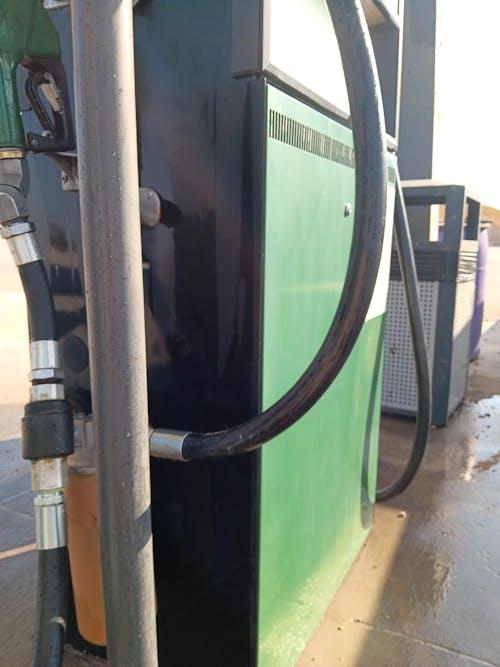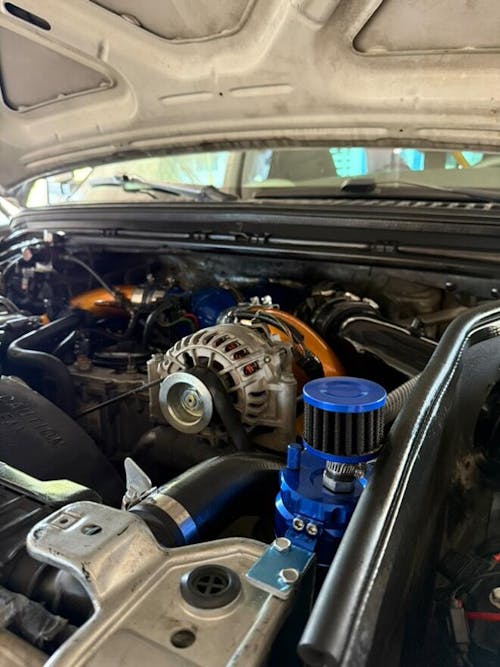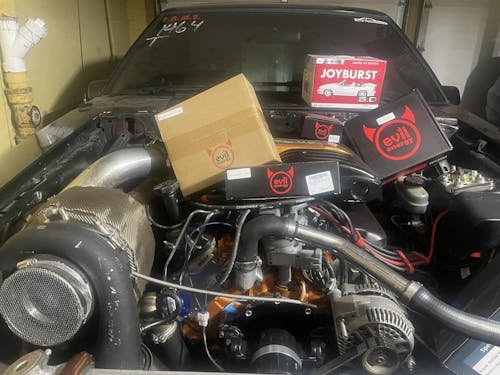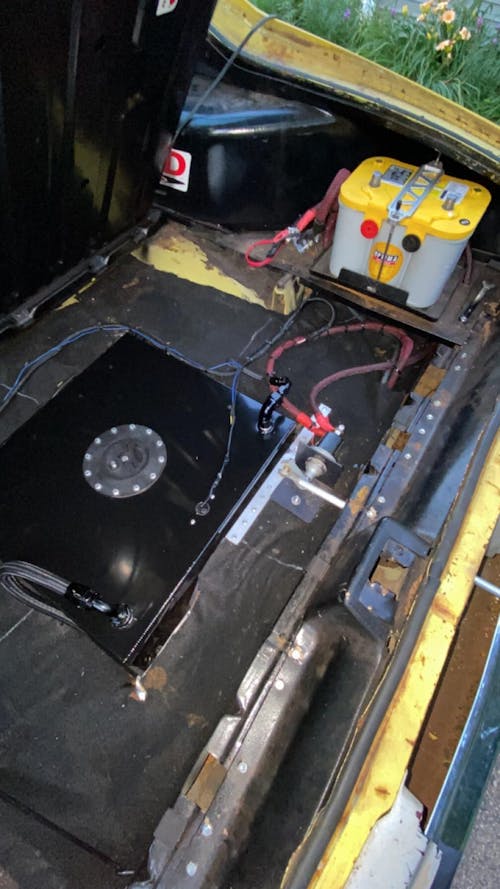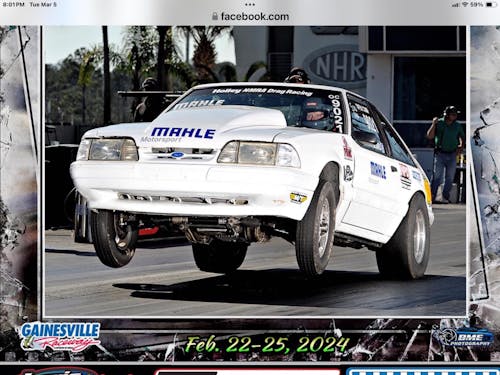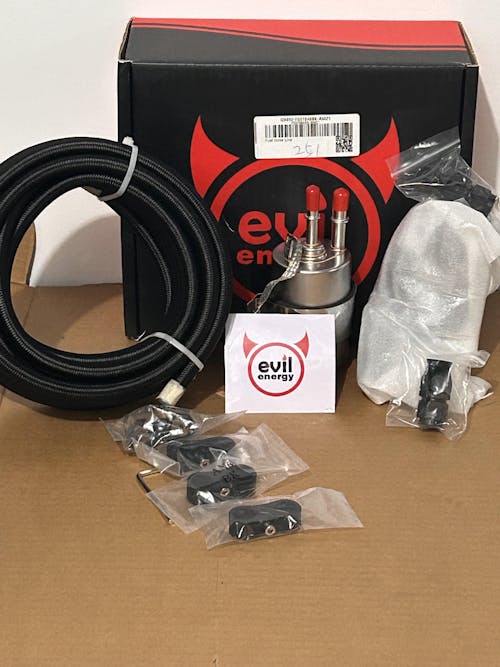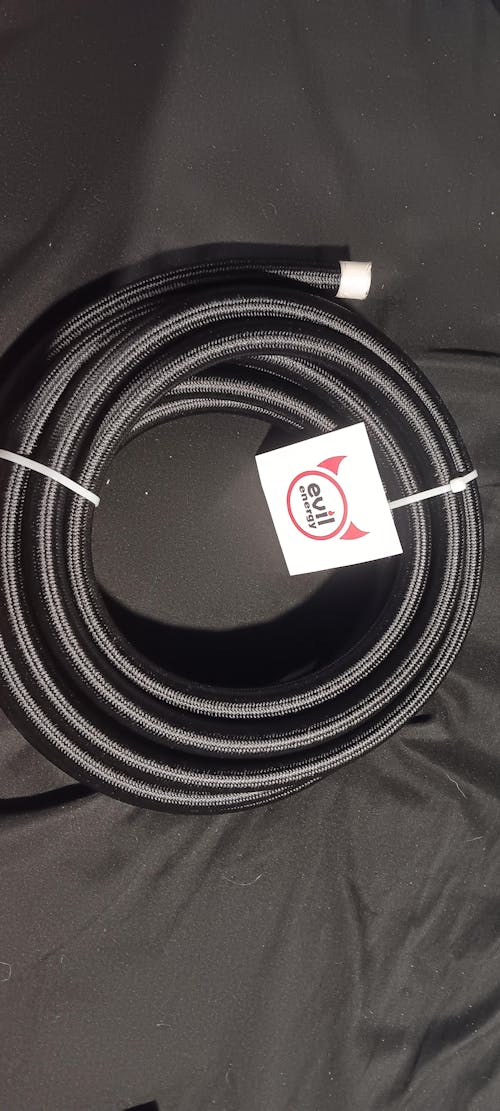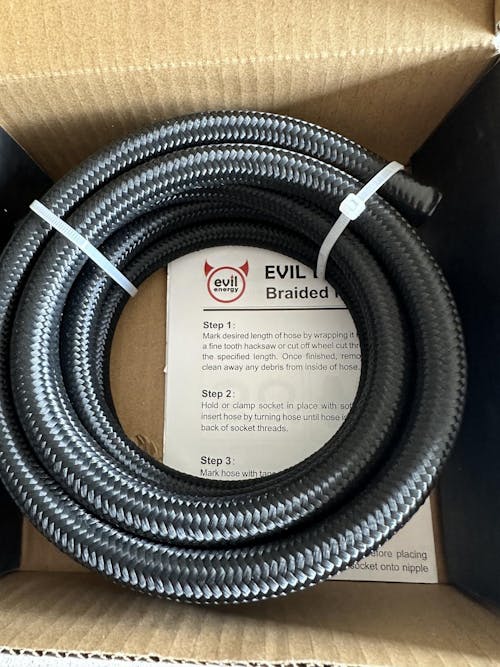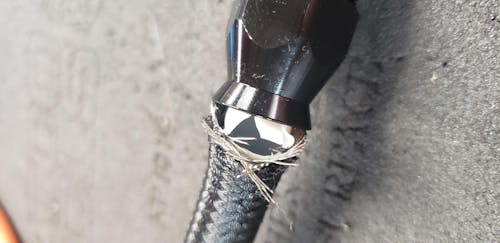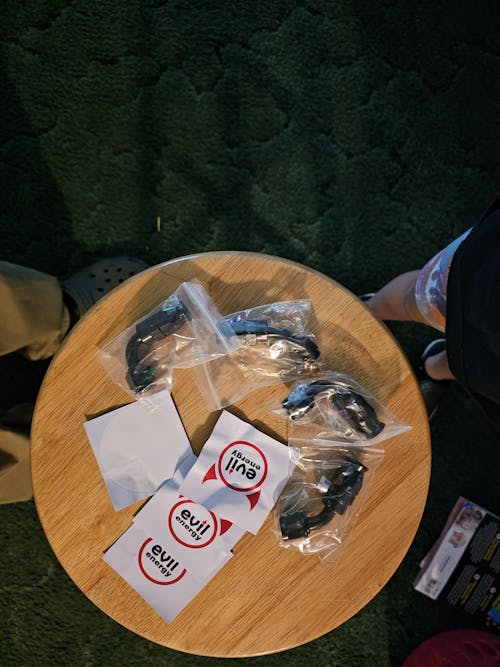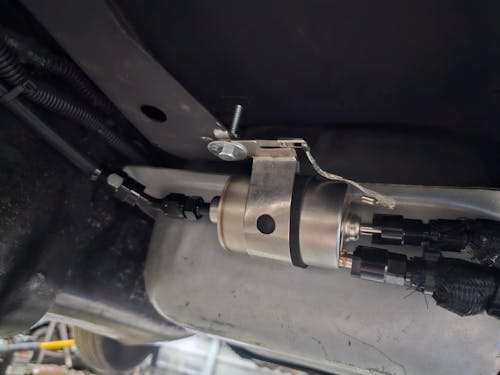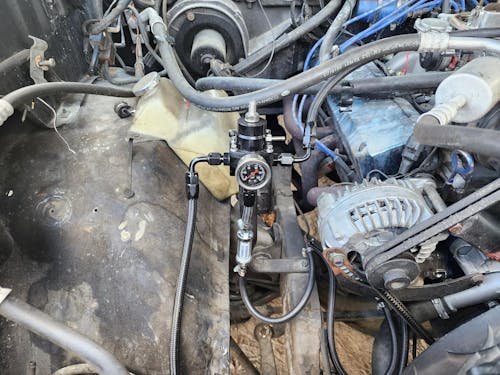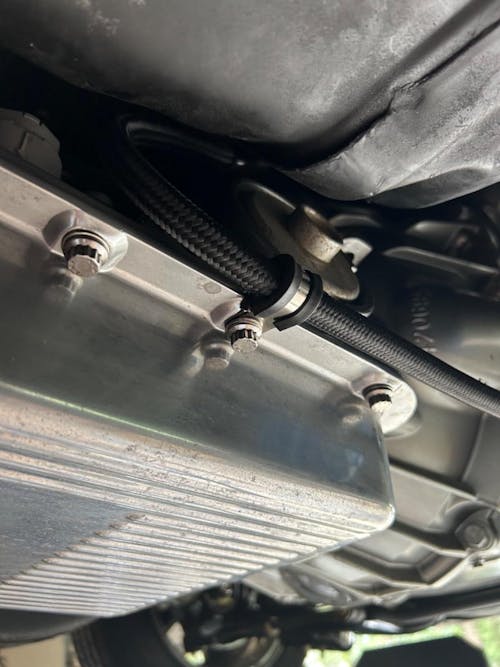DOES YOUR ENGINE NEED OIL CATCH CAN AND EXHAUST CLAMPS?
Keeping your vehicle upgraded is essential to keeping it running smoothly and efficiently. However, one critical aspect of this maintenance is using an oil catch can and understanding how to properly clamp your exhaust. An oil catch can help keep your engine clean by preventing carbon buildup resulting in improved airflow and performance while on the other side, properly clamping your exhaust ensures a secure connection which prevents leaks and improves overall engine efficiency.
Briefs about Oil Catch Can
Small components can have huge outcomes on the performance and feel of your vehicle. One such factor is an oil catch can since this device has the purpose of trapping oil and moisture that could be built up within the intake system of your engine. An oil catch can can help hold cleaner air intake by preventing those contaminants from re-entering into the engine and lowering carbon deposit buildup. This not only makes your engine run smoothly but also improves efficiency and performance.
The Benefits of an Oil Catch Can

Although an oil catch may appear to be a simple device, it can provide multiple benefits to the performance of your engine. So let's take a closer look at them:
Prevent the Carbon Build-up
Installing an oil catch can help you intercept and acquire oil vapor and contaminants before they enter the intake system. This prevents carbon deposits from gathering on your intake valves that could block airflow, reduce power, and decrease combustion efficiency. Keeping the intake system clean contributes to the best engine performance in an overall way.
Improved Airflow
Oil vapors and contaminants in the intake system may interfere with airflow and reduce the air-to-fuel ratio which leads to inefficient combustion. However, your intake system stays cleaner when you install an oil catch can which guarantees steady even airflow for improved combustion and it also ends in better throttle response and overall engine efficiency.
Enhanced Performance
Through reduced carbon buildup and maintained proper airflow, an oil catch can improve horsepower and torque output. Your engine can breathe more freely and efficiently by providing a more responsive and powerful driving experience. You will notice a significant increase in performance particularly during acceleration and high-demand driving conditions.
Reduced Engine Knock
Oil buildup inside the intake system can cause pre-ignition or engine knock which leads to long-term damage. An oil catch can help to reduce this threat by way of preventing oil vapor from coming into the intake air and causing irregular combustion. This ends in smoother and more reliable engine operation and decreases the opportunity for engine knock.
Extended Engine Lifespan
Important parts like spark plugs, piston rings, and valves endure less wear and tear when impurities are prevented from entering your engine. This can lead to a longer
engine life and lower maintenance costs over time. Investing in an oil catch can is a proactive way to keep your engine long-lasting healthy performance.
What Is An Exhaust Clamp?
If the thought of car maintenance comes to your mind then remember that keeping your exhaust system secure and free from leaks is important for the peak overall performance and protection. An exhaust clamp is an easy but essential component that connects and secures the sections of your exhaust device. These clamps come in a whole lot of shapes and sizes and are designed to shape special sorts of exhaust pipes even while maintaining a tight seal. Exhaust clamps prevent harmful gases from leaking into your vehicle cabin whilst additionally maintaining the integrity of your exhaust clamp.
How to Clamp Exhaust Together?

Now comes the important part where most people get confused and that is how to clamp the exhaust together. So here are three methods for connecting exhaust pipes without welding;
U-Bolt Clamp
U-bolt clamps are the most common technique for connecting straight exhaust pipes. They are widely available and frequently included in exhaust kits. This is how it works.
- One of your pipes will probably require a flared end to fit snugly over the other.
- Slide it into the U-shaped body of the U-bolt clamp around the two pipes.
- Tighten the nuts on the threaded ends of the U-bolt until the pipes are securely held together.
Band Sleeve Clamp
Band sleeve clamps are a versatile option for straight pipe connections as they give you an image of a metal sleeve that fits around both pipes. Also, compressing the sleeve with a tighter band results in a snug closure. Here are some things to keep in mind before doing that trick;
- Band clamps perform best on straight sections so avoid bends and curves as they may lose effectiveness.
- Choose the proper width for your pipes; wider clamps provide more gripping power.
- Some mechanics advise adding an additional layer of protection to older pipes by using copper RTV sealant in addition to the clamp but sealant is usually not needed for new pipes.
- Flexible Braided Pipe
Flexible braided pipes provide the solution as these stainless steel beauties are heatproof and can be clamped in place with U-bolts. Here is why using them is beneficial;
- They come in a variety of lengths to accommodate your specific requirements.
- They are extremely flexible allowing for easier installation in tight spaces or around bends.
- They are secured in the same way as U-bolt clamps by tightening the nuts on the U-bolt after positioning it around the braided pipe and connecting the exhaust pipe.


![EVIL ENERGY 4/6/8/10AN PTFE Fuel Line Kit | E85 Nylon Braided Hose | 16/20FT Black Black with Comprehensive Fittings [20FT]](http://www.ievilenergy.com/cdn/shop/files/Test-2025-Evilenergy-125598065_165x.png?v=1739239236)
![ptfe hose fitting kit [16FT]](http://www.ievilenergy.com/cdn/shop/files/Test-2025-Evilenergy-125598171_165x.png?v=1739239236)
![CPE Fuel Line[25FT]](http://www.ievilenergy.com/cdn/shop/files/25FTCPE_FuelLine_165x.png?v=1735220649)
![CPE Fuel Line[20FT]](http://www.ievilenergy.com/cdn/shop/files/20FTCPE_FuelLine_165x.png?v=1735220649)

